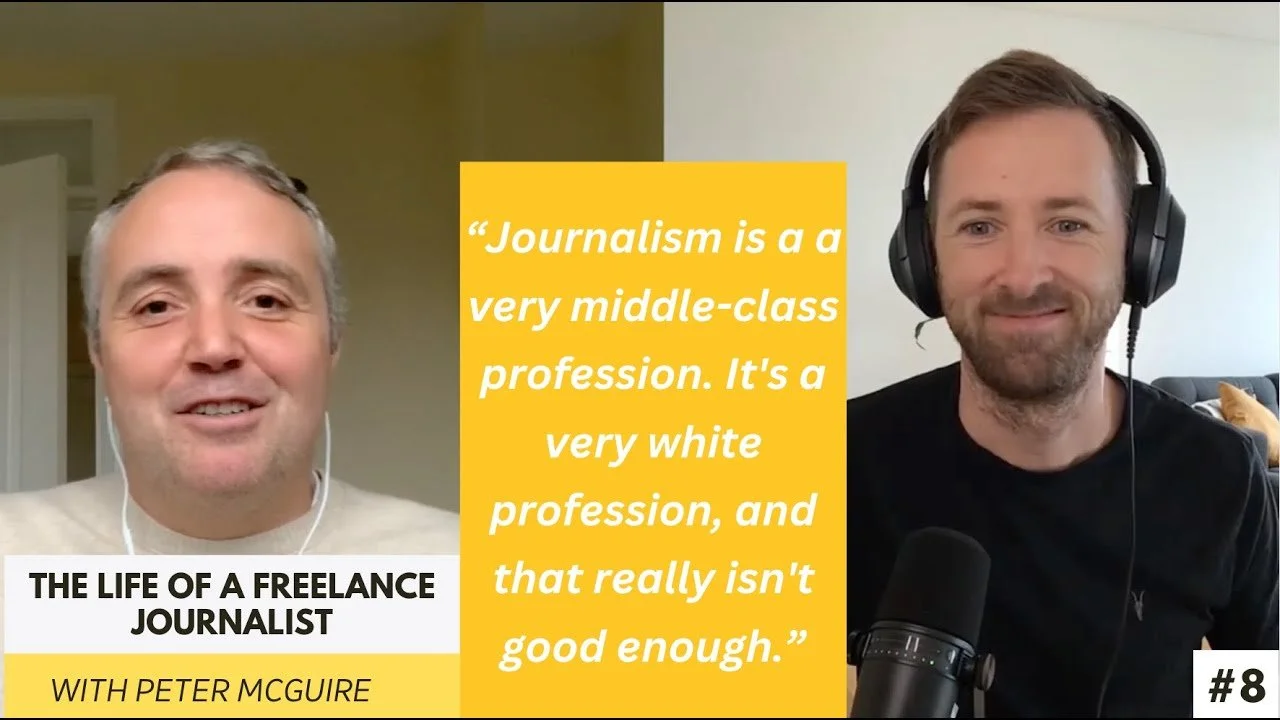7 Steps to Change Your Career
Changing career isn't easy. If it was, a lot more people would do it. It can be difficult to know what to do but also how to do it. That’s why I’ve put together these 7 steps to help you change career, reduce your risk and make a plan for your future.
1. Decide what career you want
- Click here to get free resources that will help you decide on your future career path.
- Narrow down your search based on industry or career type. (Soon, I’ll be releasing a new tool to help you with this so keep an eye out for that.)
- Identify ideal jobs in your preferred industry based on jobs that are already being advertised online.
- Apply for jobs that are advertised, but also consider applying for jobs in companies you like, that are not advertised. This may sound like a strange tip - but there are always jobs available that are not being advertised.
- Make sure to follow up with all of the applications that you submit. Sometimes people don’t see emails for different reasons, so consider calling them if you don’t receive a response. After all, you want to make sure that they’ve seen an application that you’ve put a lot of time and effort into.
2. Find a suitable model to base your new career on
Photo Credit: Sebastiaan ter Burg
It can be very useful to model a professional, expert or someone who has already successfully done something that you're hoping to do. The reason being that you can learn from what went well for them as well as all of the mistakes they made along the way. So find someone who fits these criteria and learn as much as you can from them. What did they do? How did they do it? And don’t forget to find out their motivations as well - Why did they do it?
3. Get a career mentor
A mentor is always really useful because they can help you with advice and trouble shooting along your journey. Think of all the wisdom and knowledge that they have accumulated over the years that could save you time, energy and money. Who would be a good mentor for you? What could you offer them? What could you do for them that would make them happy to work with you?
4. Make plans for your continuous professional development
Photo Credit: Cydcor
When changing careers paths, one thing is for sure - you need to learn a lot of new things. Therefore, it's best to have a plan for your continuous professional development. Also, remember to ask yourself what your models learned first and what’s best for you to learn first? Then you will know what skills or knowledge you need to prioritise. Here are a couple of headings to fill in for yourself:
- Skills that need to be acquired:
- Knowledge that needs to be acquired:
- Courses:
- Conferences, Workshops or Live Events:
- Textbooks:
- Other Books:
- Videos:
- Professional Journals, PDFs or Online Articles:
- Resources from Mentors:
5. Have an exit strategy
It’s important to keep in mind the time and risk elements involved in your decision. Also, see point 6 for more on minimising risk. Below are four different ways to leave your current position. Which one suits you best?
Parallel Changeover - changes happen simultaneously. Low risk, time consuming.
Direct Changeover - immediate changeover. High risk, time efficient.
Phased Changeover - one stage at a time. Reduce/increase working days, low risk.
Pilot Changeover - mini experiments or 'pilots' done before change is initiated. Low risk, time consuming.
6. Carry out mini-experiments
Photo Credit: Bro. Jeffrey Pioquinto, SJ
Mini-experiments will give you the opportunity to try out your new work before you decide to do it. They are essential to minimising risk and giving yourself a taste for what your new work will be like. Decide on small tasks which will give you a flavour for your new work before you commit to it.
- If you like it, then you know that that’s what you want to do
- If you like it to some extent but not completely, then you know that you are getting closer but you have to keep searching
- And if you don’t like it at all, you have to change direction and try something else
7. Goal-Setting
Now that you know what you want and how to get it, you need to put it all together in small, achievable steps. Sometimes we don’t achieve our goals because we have too many of them and we can’t get them all done. So take an hour to plan it all out for yourself so that you can take one step at a time and make continuous progress. Click here for more tips and resources on goal-setting.
Finally, I hope you found this post useful. Thanks for reading. Ronan














